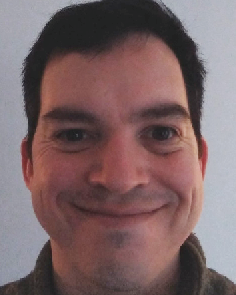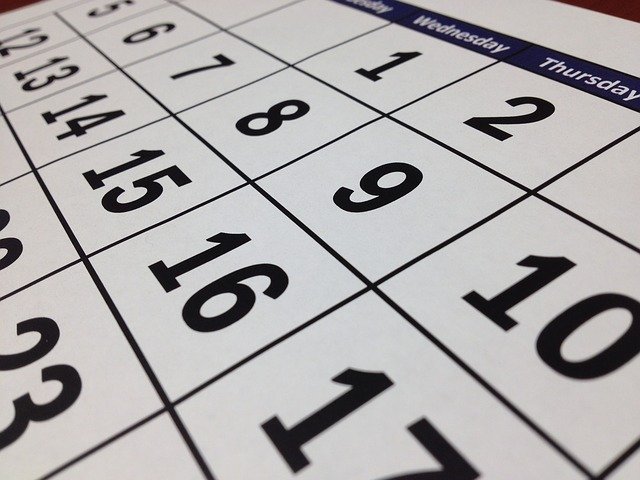‘There is a serious potential to save lives, save time, save money’

Joshua Kaggie, PhD, is an MRI Physicist and Senior Research Associate in the Department of Radiology at Cambridge University Hospitals, where he has been based since 2015.
Joshua, what are you currently working on?
It would be easier to answer what I’m not currently working on!
Generally, I work on developing and validating faster, more sensitive MRI methods.
One of these methods is called MR fingerprinting. This uses physics simulations and advanced image reconstruction methods to create faster imaging, which I hope might one day replace current clinical MRI scans – without increasing the scan times.
A second class of methods is called X-nuclei MRI. When you get an MRI, it images hydrogen atoms in your body but there are many other kinds of atoms that can be imaged with MRI, with very interesting information and I work on these.
A third category of work is on machine-learning methods for image analysis, and we’ve published an automated technique for identifying knee tissues on MRIs. This is important for diseases where there are structural changes.
I’ve also coded the Cambridge contribution to EXAM, a project for machine learning of x-ray images of COVID patients, which was a huge collaboration with Nvidia and Harvard, involving 20 international sites.
Finally, I help in the administration of a preclinical MRI, used for testing novel methods before they come into humans.
Describe a typical day
Mondays are normally filled with video conferencing since I have most of my meetings then. Tuesdays I will be at a human MRI system or on standby, as we might image volunteers or patients with some of our novel methods. Sometimes, I might even get interrupted during other Tuesday meetings if there is an issue with the imaging a patient!
The rest of the week varies a lot. I might be at a computer, in a lab or staying late at night to fix an issue with our novel MRI equipment, or meeting with a student. I might be building new MRI hardware at home with a device called a network analyser, which measures the sensitivity of the hardware. I might be drawing on images that we’ve collected to analyse them. At night, I might even be trying out new machine learning techniques, and then passing those onto students to use them in new projects.
What is your biggest achievement to date?
I haven’t had a single large achievement, but I have lots of small, yet important ones.
I created some of the most impressive images of the breast using sodium MRI with hardware that I built. Without this, I’m unsure whether there would be as many researchers pursuing this topic, or other X-nuclei MRI. It showed what was possible, and remain some of the most impressive sodium images to date. I probably wouldn’t have been in Cambridge without them, and I doubt as many researchers would have been as convinced by the method.
More recently, I have taken this new method – MR fingerprinting – and we lead first in-human studies on it for looking at diseases. I have high resolutions that are difficult to achieve in the abdomen. This isn’t easy due to the amount of motion from the heart and lungs, and with a combination of complicated physics from the gut – where even the amount of air and fat can affect the quality of your MRI!
What is rewarding about your job?
There is a serious potential to save lives, save time, save money, all while pushing the quality of research tools that other people use.
What challenges / difficulties do you face as a researcher?
The difficulty of research is finding that essential component that you think you can prove better than anyone else, and doing this in a timely manner. But even more than that, making the best use of the time available.
Developing new methods requires time, and ensuring that they are robust also requires time. When I have developed an exciting new method which people are interested in, I sometimes don’t have time I’d like to develop it properly.
Why is your role important?
The work I’m doing is helping to push some of our more novel methods forward – which is hugely rewarding, as is the educational aspect of my role, helping to train up new researchers and engineers with similar skills.
There is a subtle reason for why my role is important. If we had a national emergency where MRI devices required timely repair and a manufacturer was unavailable, I have many skills that could help.
How did you get into research?
During my undergraduate studies, I worked on gamma ray astrophysics. I helped build four telescopes in Arizona, called Veritas. But I was always interested in neuroscience, so left gamma ray astrophysics.
I moved into MRI by volunteering in an electronics lab in Utah. I finished my PhD in MRI methods, with a focus on MRI hardware. I was about to start a company at the end of my PhD, but was then offered job at Cambridge. I moved here as my first postdoc.
With the knowledge and experience you have now, what advice would you give yourself 10 years ago?
I don’t know that I would give myself any advice. I was unsure then about whether I wanted to finish my PhD programme, but that lack of assurance is what pushed me to develop many different skills and led to eventual successes. I don’t know whether I would develop the qualities I have now because of or in spite of that challenge.
What opportunities are there for researchers in Cambridge?
There are many opportunities for researchers and with researchers. If you have the opportunity in Cambridge, then there is the opportunity to do as much as you can imagine.
As one of the projects that I work on, we use stem cells for osteoarthritis repair and track where these cells move with imaging. This is very interesting for all sorts of reasons, and each part of it requires a moving part from many collaborators.
What makes Cambridge a great place to conduct research?
Cambridge brings researchers together from different backgrounds, unlike any other place in the world. It has a lot of skilled researchers who are interconnected, with a lot of resources (but not infinite resources) and who have many industrial collaborators.
I feel that Cambridge addresses both real world issues to very esoteric topics, both of which are important for the health of society.
Cambridge has beautiful buildings and is surrounded by very nice green spaces, which contribute to the quality of life.
What advice would you give to someone thinking about pursuing a career in research?
Find out what you are good at or could be good at, and mix that with what you are generally interested in. Don’t be afraid to give up, but also don’t be afraid to push harder. Few people know what they want to do in life, so if you know, you are ahead of the game if you can make it work.
When pursuing a career in research, find out why what you do is important – because there is no doubt that it is, but whether you understand why is different.
Why do you think research is important?
Research is important because humans are curious. We want to understand the world around us, and that helps us improve the world around us. And despite past advancements, there is a lot that we don’t know with huge implications.
For example, MRI is an amalgamation of many different kinds of research. It is based on electromagnetics developed in the 1890s, quantum mechanics developed in the 1930s, mathematics developed in the 1950s, computing systems developed in the 1970s, and can measure all sorts of physical phenomena that have been studied for both centuries or only years. There is a lot more that has yet to be explored.


